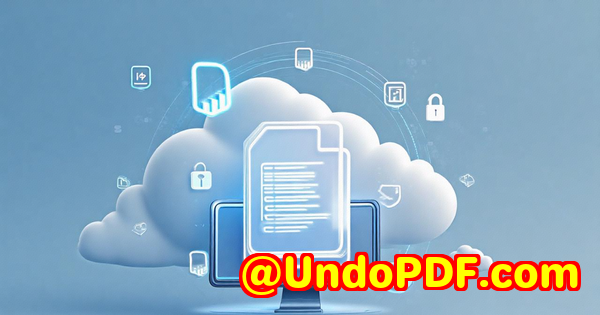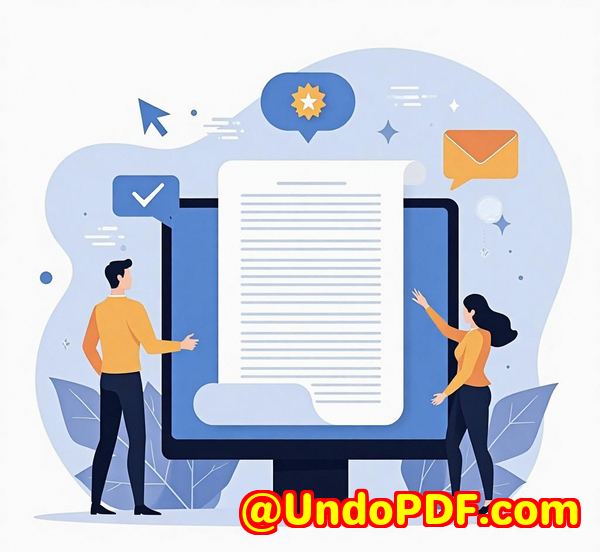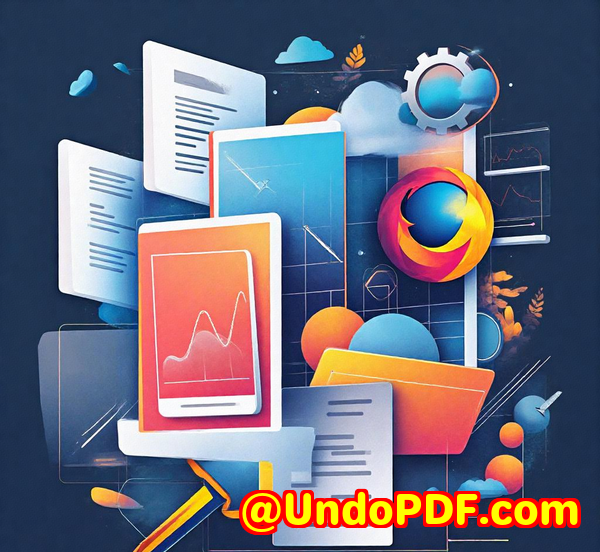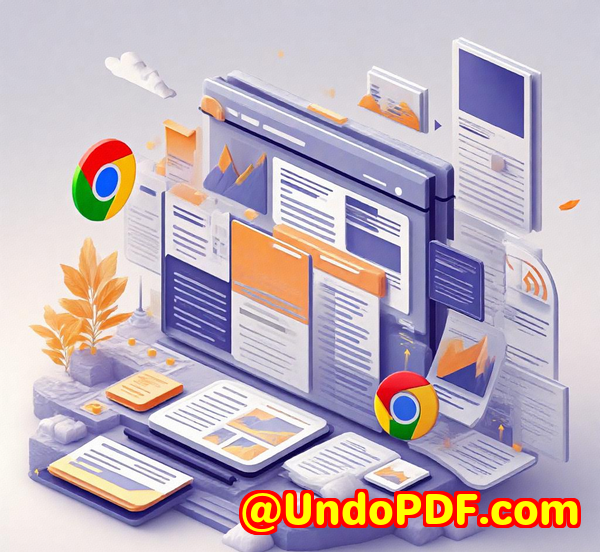Convert and Export Batch PDFs to Excel with Auto-Detection of Table Structures
Convert and Export Batch PDFs to Excel with Auto-Detection of Table Structures
Meta Description:
Batch export tables from PDF to Excel with smart table detectionideal for teams handling reports, invoices, and scanned data.
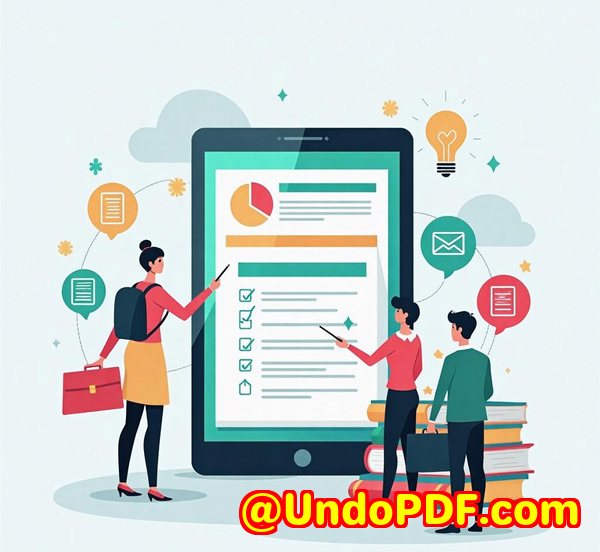
Every Monday morning, I dreaded manually copying tables from PDF reports into Excel.
You know the kindfinancial statements from clients, scanned documents from legacy systems, or vendor reports that arrive as uneditable PDFs. I’d spend hours aligning columns, fixing formatting, and trying not to lose my mind over broken rows. If you’re in accounting, compliance, or admin, I bet you’ve been there too.
Then I found a tool that changed the game.
The Breakthrough I Didn’t Know I Needed
I stumbled onto VeryPDF PDF Solutions for Developers while searching for somethinganythingthat could auto-detect tables in PDFs and just… spit them out into clean Excel sheets.
Most tools I tried before gave me a headache. They either flattened the data, mashed everything into one column, or ignored half the tables entirely. But this one? It just worked. Especially once I figured out how to batch process hundreds of PDFs and extract the tables accurately.
What Makes This PDF to Excel Solution So Good?
Here’s the dealVeryPDF isn’t like those shiny web tools you find on Google that crash when you throw 50 files at them.
This thing is built for developers, automation junkies, and teams that need serious firepower.
Let me break down what stood out to me:
1. Auto-Detection of Table Structures
No more drawing table outlines or guessing column positions.
VeryPDF’s OCR and data extraction engine (powered by ABBYY FineReader) intelligently finds tableseven in scanned PDFs.
Real story:
I had a stack of 80 vendor invoices in image formatsome rotated, some faded, a few in Germanand within minutes, it gave me perfectly laid-out Excel sheets.
Highlights:
-
Scanned? No problem. It reads through the mess.
-
Merged cells? Detects them like a champ.
-
Multi-language support? Worked on French, German, and Japanese reports without extra config.
2. Batch Processing at Scale
I’m not talking about five files at a time. I’m talking hundreds.
The batch functionality let me load a folder of PDFs, and the engine processed them all in one gono babysitting needed.
Why this matters:
-
Saved me 10+ hours a week.
-
Reduced manual errors in financial entries.
-
Scaled beautifully when I ran it on a server with scheduled jobs.
You can hook it into watched folders or run it via REST API. I used the CLI on a Windows Serverran smooth as butter.
3. Clean, Structured Excel Output
The exported spreadsheets weren’t just readablethey were ready to use.
-
Headings were intact.
-
Column alignment was spot-on.
-
No junk characters or weird encoding bugs.
I used this to pull monthly data from bank PDFs, plug them straight into Power BI, and boomdashboards were updated in minutes.
If you’re into data analytics, this will save you from death by Ctrl+C.
Who’s This For?
You don’t have to be a coder to benefitbut if you are, you’ll love how flexible it is.
Perfect for:
-
Finance teams handling batch reports or bank statements.
-
Legal departments extracting data from scanned contracts.
-
Logistics companies dealing with customs forms and export data.
-
Developers automating workflows or building custom PDF-to-Excel converters.
-
Admins trying to make sense of piles of vendor invoices.
Seriously, if you touch PDFs more than once a day, this tool will save your sanity.
What About Other Tools?
Let’s be realmost online converters are:
-
Slow
-
Limited to 5 pages or less
-
Choke on scanned files
-
Don’t preserve structure
Even Adobe Acrobat Pro struggled with some of the messy documents I had.
VeryPDF handled everything I threw at it, no crashes, no weird licensing tricks. It’s clearly built for serious workflows.
How I Integrated It Into My Workflow
I built a little pipeline:
-
Drop new PDFs into a folder synced to OneDrive.
-
A PowerShell script calls the VeryPDF CLI every hour.
-
Output Excel files go to a shared folder.
-
An Excel macro cleans and sorts the data.
-
BI dashboard updates automatically.
Once set up, I barely touch it.
End result:
Saved my team 50+ hours a month. Clean data, faster decisions.
If You’re Still Copying Tables Manually, Stop.
This tool solves a very specific, very frustrating problemextracting structured tables from PDFs at scale.
It saved me time.
It made my reports cleaner.
And honestly, it made me look good to my boss.
I’d highly recommend it to anyone buried under PDF data.
Click here to try it out for yourself: https://www.verypdf.com/
Start your free trial and stop wasting hours doing something a machine can do in seconds.
Need Something Custom? VeryPDF Has You Covered
VeryPDF doesn’t just offer toolsthey build tailored solutions for your weird edge cases.
Their team can:
-
Build custom PDF parsing tools in Python, C++, .NET, and more.
-
Create virtual printer drivers that turn print jobs into PDFs, TIFFs, or EMFs.
-
Develop OCR modules that detect tables, extract barcodes, or do layout analysis.
-
Build cloud-based APIs for document conversion, e-signature, or PDF/A archiving.
-
Hook into your systems via REST API, command-line, or embedded SDKs.
Need something wild? Talk to them: https://support.verypdf.com/
FAQs
Can this tool extract tables from scanned PDF files?
Yes, thanks to its OCR engine, it recognises tables even in low-quality scans or rotated documents.
How many PDFs can I process at once?
You can process hundreds or thousandsbatch mode is built for high-volume workflows.
Is coding required to use this tool?
Nope. There’s a GUI, but if you’re a developer, you can integrate it via API or command-line tools.
Does it work with non-English documents?
Yes. It supports multiple languages, including German, French, Japanese, and more.
What formats does it export to besides Excel?
You can also extract data into CSV, XML, or JSON for more structured processing.
Tags/Keywords
-
Extract PDF tables automatically
-
Batch convert PDFs to Excel
-
PDF table recognition tool
-
Automate PDF data extraction
-
OCR PDF to Excel converter
